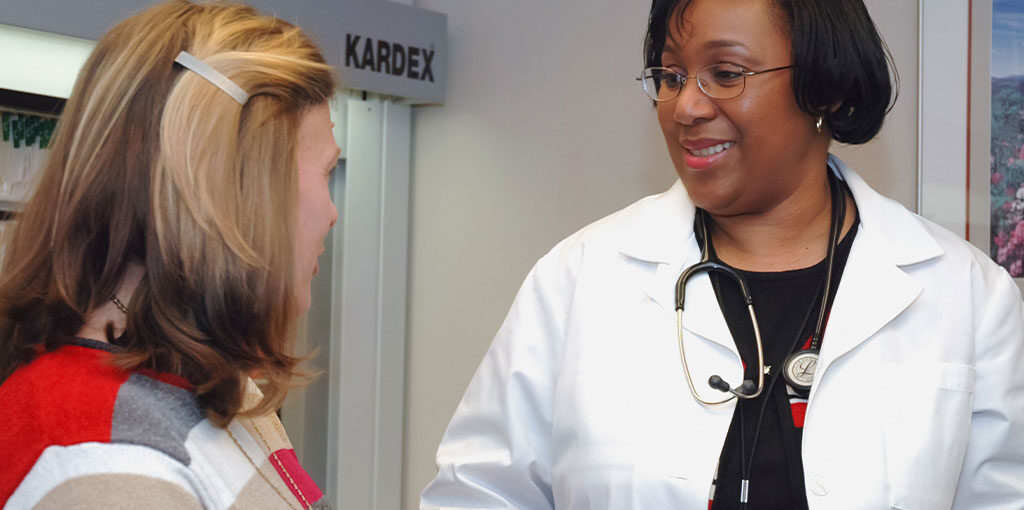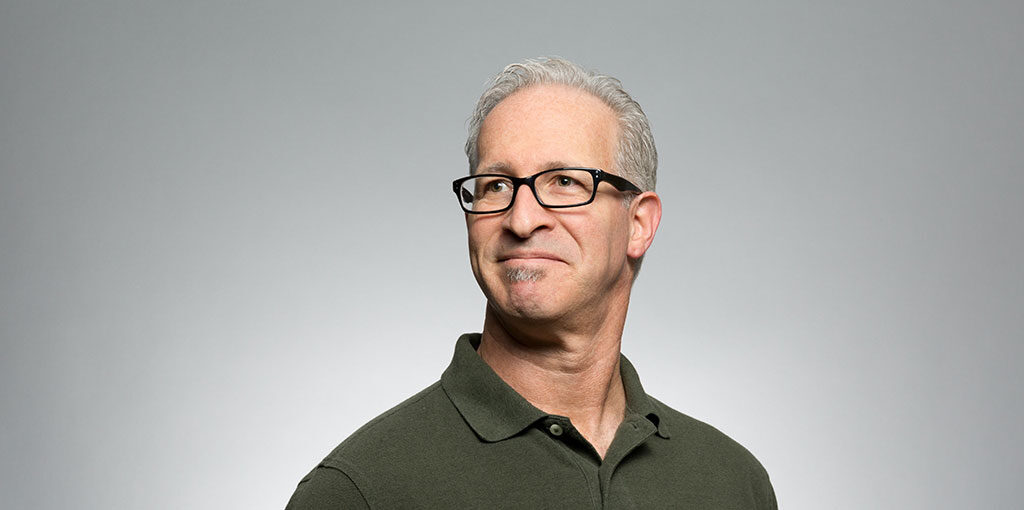
Choosing The Right Therapy For Depression: Understanding The Types
Depression is a complex mental health disorder that affects millions worldwide. While depression medication is often a beneficial intervention, therapy for depression remains a cornerstone of effective treatment. With myriad therapy types available, selecting the right approach can feel overwhelming. However, understanding the various modalities can make the decision clearer and lead to better outcomes for those battling depression.
Cognitive Behavioral Therapy (CBT)
Cognitive behavioral therapy (CBT) stands as one of the most researched and validated forms of therapy for depression. At its core, CBT revolves around the understanding that our thoughts, emotions, and behaviors are deeply interconnected. This therapeutic approach is proactive, often short-term, and solution-focused. Therapists work with individuals to identify negative thought patterns, challenge these beliefs, and develop strategies to alter behaviors and reactions. By equipping individuals with practical tools and insights, CBT helps in reshaping maladaptive thinking, promoting healthier responses to life’s challenges, and laying a robust foundation for long-term emotional well-being.
Psychoanalytic Therapy
Originating from the teachings of Sigmund Freud, psychoanalytic therapy delves deep into the unconscious mind. It seeks to uncover past experiences and deep-seated issues that might contribute to current depressive symptoms. Through free association, dream analysis, and exploration of childhood experiences, this approach aims to resolve internal conflicts that might be exacerbating depression.
Interpersonal Therapy (IPT)
Depression doesn’t operate in a vacuum; it often intertwines with our relationships. IPT focuses on improving interpersonal skills and resolving relationship issues that might contribute to or stem from depression. By addressing social roles, communication patterns, and relational conflicts, IPT aids in cultivating healthier relationships and, in turn, alleviates depressive symptoms.
Dialectical Behavior Therapy (DBT)
DBT, initially designed for individuals with borderline personality disorder, has shown efficacy in treating depression. This therapy melds traditional cognitive-behavioral approaches with mindfulness and acceptance strategies from Buddhist practices. DBT emphasizes the balance between acceptance and change, teaching individuals skills related to emotional regulation, distress tolerance, and interpersonal effectiveness.
Mindfulness-Based Cognitive Therapy (MBCT)
MBCT combines traditional cognitive therapy principles with mindfulness strategies. It teaches individuals to become more aware of their thoughts and feelings and to view them as transient events in the mind rather than defining truths. By fostering a more distanced relationship with their thoughts, individuals can reduce the grip of depressive rumination.
Humanistic Therapy
Centered on the belief that every individual possesses intrinsic worth and the capacity for self-actualization, humanistic therapy emphasizes personal growth and self-awareness. Through a client-centered approach, therapists create a safe, non-judgmental environment where individuals can explore their feelings, beliefs, and behaviors, promoting self-acceptance and personal growth.
Group Therapy
For some, the shared experience of group therapy offers unique benefits. In these sessions, individuals with depression come together under the guidance of a trained therapist to discuss their challenges and share coping strategies. The collective environment fosters a sense of belonging and understanding, showing participants they’re not alone in their journey.
A Journey of Healing: Selecting Your Path
Embarking on therapy for depression is a commendable step towards well-being. Recognizing the breadth of therapeutic options available, it becomes evident that there’s no one-size-fits-all solution. The best approach is often a blend tailored to individual needs, histories, and preferences. Collaborating with psychiatric services and professionals can guide individuals in making an informed choice, setting them on a path to healing and holistic well-being.





